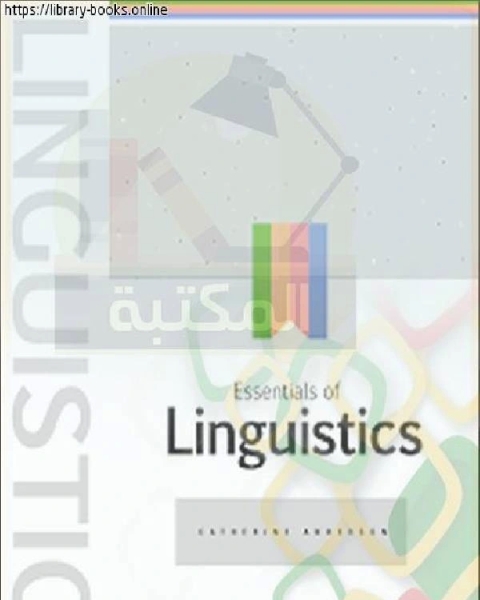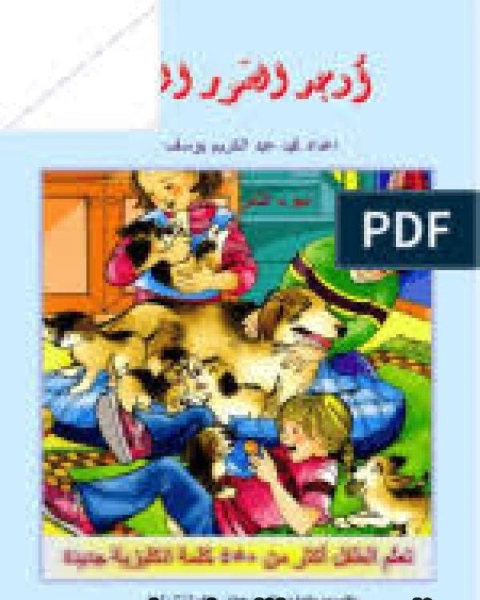تحميل كتاب Essentials of Linguistics - SOL*R PDF امل دنقل
كتاب Essentials of Linguistics - SOL*R

- إسم المؤلف:
- امل دنقل
- عدد الصفحات :
- غير معروف
- القسم :
- تعلم اللغات
- الفئة :
- تعلم اللغة الإنجليزية
- تاريخ النشر :
- غير معروف
- حجم الكتاب :
- 0.0 ميجا بايت
- نوع الملف :
- عدد التحميلات :
- 280
نبذة عن كتاب Essentials of Linguistics - SOL*R :
كتاب Essentials of Linguistics - SOL*R PDF امل دنقل : 2017م - 1443هـ Essentials of Linguistics - SOL*R Essentials of Linguistics by Catherine Anderson is licensed under a Creative Commons Attribution-ShareAlike 4.0 International License, except where otherwise noted. Contents About the Book 1 About the Author 3 Acknowledgements 5 Part I. Chapter 1: Thinking Like a Linguist 1. 1.1 Linguistics is Science 9 2. 1.2 Mental Grammar 14 3. 1.3 Creativity and Generativity 19 4. 1.4 Fundamental Properties of Language 24 5. Practice Time 31 6. Summary 33 Part II. Chapter 2: Producing Speech Sounds 7. 2.1 How Humans Produce Speech 37 8. 2.2 Articulators 43 9. 2.3 Describing Speech Sounds: the IPA 48 10. 2.4 IPA symbols and speech sounds 54 11. 2.5 Sonority, Consonants, and Vowels 58 12. 2.6 Classifying Consonants 62 13. 2.7 Classifying Vowels 68 14. 2.8 Diphthongs 73 Part III. Chapter 3: Transcribing Speech Sounds 18. 3.1 Broad and Narrow Transcription 89 19. 3.2 IPA for Canadian English 91 20. 3.3 Syllabic Consonants 94 21. 3.4 Aspirated Stops in English 98 22. 3.5 Articulatory Processes: Assimilation 104 23. 3.6 Other Articulatory Processes 108 24. 3.7 Suprasegmentals 112 25. 3.8 Transcribing Casual Speech 117 26. Practice Time 123 27. Summary 125 Part IV. Chapter 4: Speech Sounds in the Mind 28. 4.1 Phonemes and Contrast 129 29. 4.2 Allophones and Predictable Variation 135 30. 4.3 Phonetic Segments and Features 140 31. 4.4 Natural Classes 145 32. 4.5 Phonological Derivations 154 33. Practice Time 160 34. Summary 163 Part V. Chapter 5: Psycholinguistics of Learning Sounds 35. 5.1 How Babies Learn the Phoneme Categories of Their Language 167 36. 5.2 How Adults Learn the Phoneme Categories in a New Language 173 37. Practice Time 178 38. Summary 179 Part VI. Chapter 6: Word Forms 39. 6.1 Words and Morphemes 183 40. 6.2 Allomorphs 187 41. 6.3 Inflectional Morphology 189 42. 6.4 Derivational Morphology 194 43. 6.5 Inflectional Morphology in Some Indigenous Languages 199 44. Practice Time 204 45. Summary 206 Part VII. Chapter 7: Combining Words 46. 7.1 Nouns, Verbs and Adjectives: Open Class Categories 209 47. 7.2 Compound Words 214 48. 7.3 Closed Class Categories (Function Words) 219 49. 7.4 Auxiliaries 222 50. 7.5 Neurolinguistics: Syntactic Category Differences in the Brain 224 51. Practice Time 229 52. Summary 231 Part VIII. Chapter 8: Forming Sentences 53. .
إقرأ المزيد




